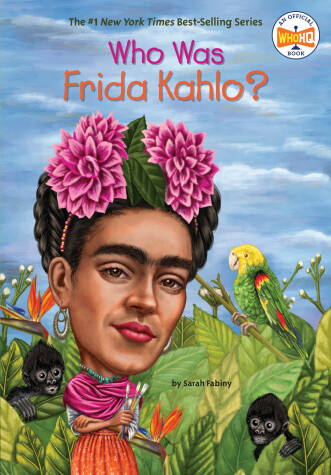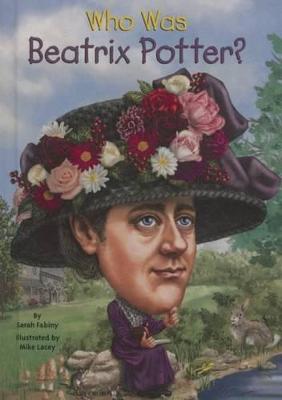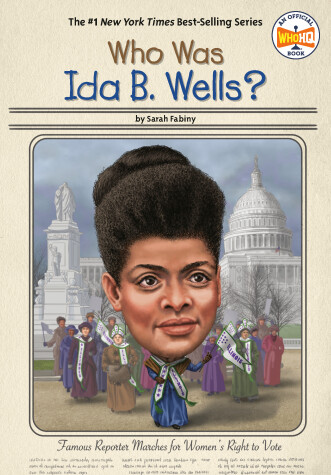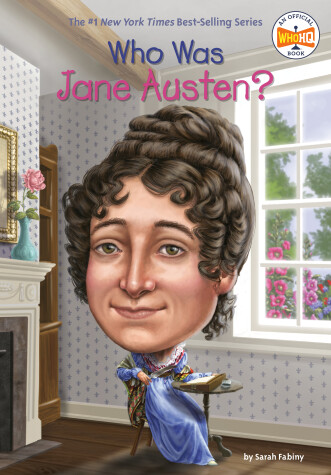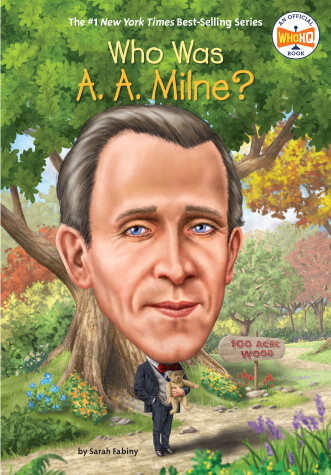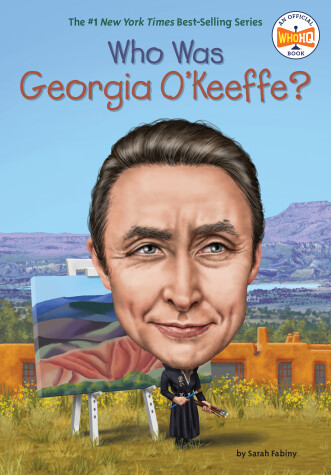Who Was?
11 total works
After overthrowing Fulgencia Batista in 1959, Fidel Castro became the leader of an island country only ninety miles away from Florida. While in power, Castro outlasted ten US presidents and turned the small nation into a one-party state with influence over the entire world. Called a leader by some and a dictator by others, Castro defined not one but several eras in world politics.
Norman Rockwell often painted what he saw around him in nostalgic and humorous ways. After hearing President Franklin Roosevelt's address to Congress in 1943, he was inspired to create paintings that described the principles for universal rights: four paintings that portray iconic images of the American experience. Over the course of his lifetime, he painted 322 covers for the Saturday Evening Post. Of his work, he has said: "Maybe as I grew up and found the world wasn't the perfect place I thought it to be, I consciously decided that if it wasn't an ideal world, it should be, and so painted only the ideal aspects of it."
Born into slavery in 1862, Ida Bell Wells was freed as a result of the Emancipation Proclamation in 1865. Yet she could see how just how unjust the world was. This drove her to become a journalist and activist. Throughout her life, she fought against prejudice and for equality for African Americans. Ida B. Wells would go on to co-own a newspaper, write several books, help cofound the National Association for the Advancement of Colored People (NAACP), and fight for women's right to vote.
Born in England in 1882, Alan Alexander Milne grew up with a love for exploring the woods with his brother and writing poems about their adventures. Alan carried that love into his adult life by exploring the woods with his son, Christopher Robin. Well known for his articles, plays, and novels, Alan considered himself a "serious" author. But one story about a stuffed bear changed his image forever. Inspired by his son and their time playing in the woods, Alan wrote a story about Christopher Robin and his stuffed bear, Winnie-the-Pooh, on a hunt for honey. The story was an instant success, and soon everyone wanted to hear more about the boy, his bear, and the magical Hundred Acre Wood. Today, children all around the world still read his stories in the classic books Winnie-the-Pooh, The House at Pooh Corner, Now We Are Six, and When We Were Very Young.
Georgia O'Keeffe is famously known for her colorful, large paintings of flowers, but this artist's portfolio expands far beyond Jack-in-the-pulpits. In this book, young readers will learn about O'Keeffe's childhood in Wisconsin and her years as a talented art school teacher. Her years as an artist in both New York and New Mexico, two areas that are heavily represented in her artwork, reveal O'Keeffe's influences. Explore the adventures that inspired O'Keeffe's paintings of skyscrapers, barns, skulls, flowers, and made her into an American art icon of the twentieth century.
Billie Jean King grew up in a family of athletes. It was no surprise when she quickly began to excel at tennis. She became the top female singles player in the world and won 129 career singles titles, including Wimbledon and the US Open. Beyond being an excellent athlete, Billie Jean King used her voice to stand up for other women playing tennis who were not paid nearly as much as male players. In 1973, Billie Jean captured the world's attention when she beat Bobby Riggs in the "Battle of the Sexes," proving women were just as good at tennis as men. She went on to found the Women's Tennis Association, and thanks to her efforts, women athletes worldwide were finally able to be taken seriously and paid fairly.
